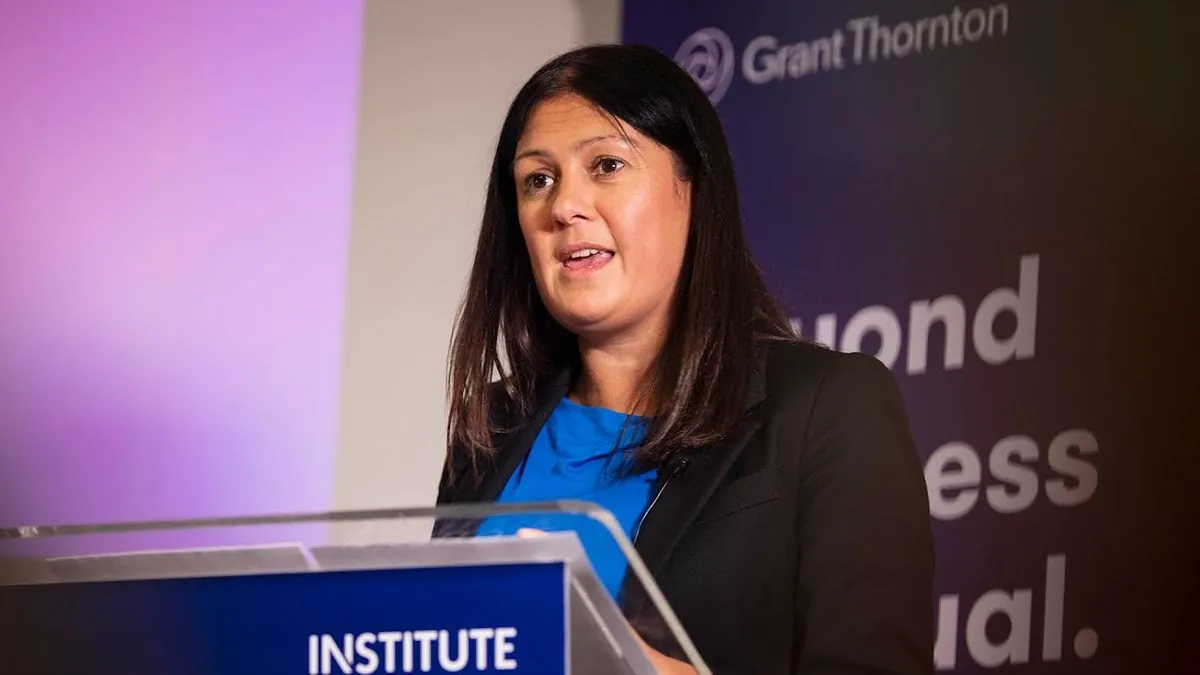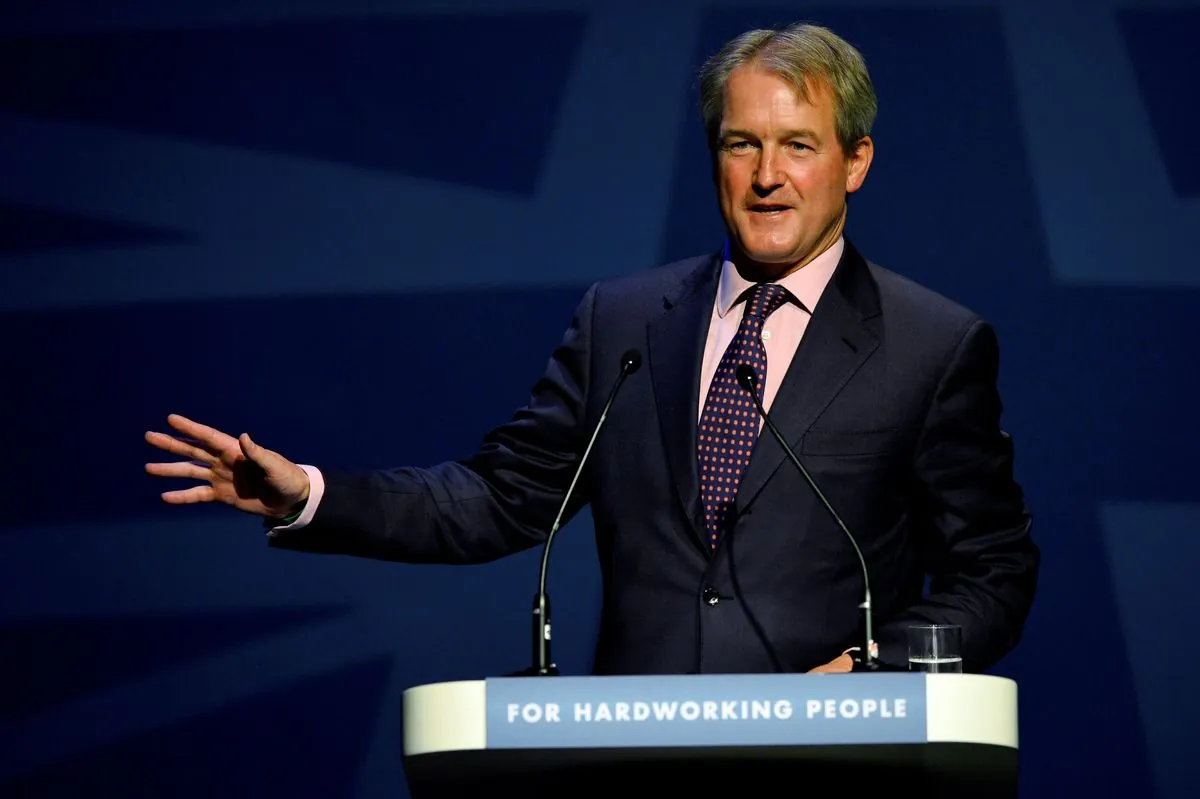UK Pensioners Face Higher Tax Rates Amid Frozen Thresholds
Millions of UK pensioners could face increased income tax rates due to state pension rises and frozen tax thresholds. Labour plans to maintain current thresholds until 2028, potentially affecting retirement finances.

Recent data reveals that up to three million UK pensioners could face higher income tax rates due to state pension increases and frozen tax thresholds. This development highlights the growing financial challenges for retirees in the United Kingdom.

The UK state pension system, introduced in 1908, has undergone significant changes over the years. Currently, the full new state pension stands at £203.85 per week, reflecting the government's commitment to maintaining pensioner incomes. However, this increase, coupled with static tax thresholds, is creating unintended consequences for many retirees.
According to wealth manager Quilter, approximately 2.3 million individuals over 60 are expected to enter the 40% tax bracket in the next four years. Additionally, nearly half a million will be subject to the 45% additional rate. This means that one in five people in this age group will soon be taxed at higher or additional rates.
The situation is exacerbated by Labour's confirmation to maintain the personal allowance and higher rate band at £12,570 and £50,270 respectively until 2028. This policy, known as fiscal drag, is pulling more people into higher tax brackets as incomes rise but thresholds remain static.
"Not only has the Government chosen to line the pockets of their union paymasters over helping pensioners heat their homes, but pensioners will now be dragged into the retirement tax, so for the first time in history, they are forced to pay income tax on their state pension."
The UK's pension landscape has evolved significantly since the introduction of the basic state pension in 1948. The current system, which includes state, occupational, and private pensions, is facing increasing pressure due to the country's aging population. By 2042, the number of people over state pension age is projected to grow by 31% compared to 2017.
The government's spending on state pensions, currently about 5% of GDP, is likely to increase. This financial strain is prompting discussions about sustainable pension policies and the need for individuals to plan their retirement finances carefully.
For those nearing retirement, maximizing pension contributions can be a tax-efficient strategy. Jon Greer of Quilter advises, "Pension contributions can sometimes help you avoid tipping over into a higher income tax bracket. They are especially beneficial for higher rate taxpayers, as you can currently receive up to 40% tax relief on your contributions."
As the UK grapples with these pension challenges, it's worth noting that the country has one of the lowest state pensions among developed nations. This fact underscores the importance of comprehensive retirement planning and the potential need for policy adjustments to ensure the long-term sustainability of the pension system.
With the government's first Budget of the year approaching, many are anticipating potential tax increases, with inheritance and capital gains taxes being likely candidates. As the pension landscape continues to evolve, it remains crucial for individuals to stay informed and manage their finances tax-efficiently to secure their retirement future.


































